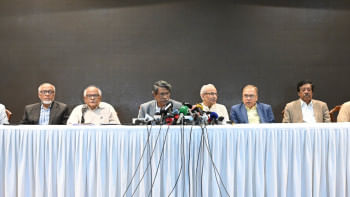All about bricks
According to history, bricks were first fired around 3500 BC, in Mesopotamia, present-day Iraq, one of the high-risk seismic areas of the world. The ziggurat temples at Eridu, possibly the world's first city, have withstood not only earthquakes but also wars and invasions. From Roman aqueducts and public buildings to the Great Wall of China, from the domes of Islamic architecture to the early railway arch bridges, from the first 19th century American tall buildings to the 20th century nuclear power plants, bricks have been used as structural material in all applications of building and civil engineering. The most commonplace use of bricks worldwide throughout time is in residential dwellings. The shape and size of bricks can vary considerably, and similarly the mortars used depend on local material availability, but the basic form of construction for houses has minor geographical variations and has changed relatively little over time. The worst death toll from an earthquake in the past century occurred in 1976 in China (T'ang Shan Province), where it is estimated that 240,000 people were killed. Most of the deaths were due to the collapse of brick masonry buildings. In more recent times, seismic codes place substantial constraints on unreinforced brick masonry construction in earthquake-prone areas, limiting the allowed number of stories.
Construction of load-bearing unreinforced brick masonry structures has dwindled in these countries, and alternative forms of construction such as confined masonry or reinforced masonry, considered less vulnerable, have been developed instead.
Brick is one of the essential components in most construction works in Bangladesh. We can see brickfields almost everywhere burning clay to make bricks of different shapes and sizes. It may look like a simple technology but in reality it is not, especially if we want to have high quality bricks for using in highrise buildings, bridges, roads, commercial buildings, residential houses etc. As there is no other alternate source of material, such as stone, we in Bangladesh are heavily dependent on bricks for undertaking all kinds of construction works. It is surprising indeed that brick manufacturing is not yet recognized by the government as an industry.
According to researchers demand for bricks is rising at about 5.28% per annum. There are about 6500 brickfields in the country producing about 17 billion bricks per annum. It is essential to increase production of bricks to meet the rising demand but there is a negative side to it as well. Despite ban, many brickfields are using wood as fuel to burn in their kilns which pollutes environment to a great extent. It has been reported that brickfields are being set up near reserve forests from where owners cut trees to take to their kilns. This result is deforestation of the country. The smoke that is being emitted by the kilns causes other trees to die gradually and it also affects the health of people and animals nearby.
As brick is one of the most essential components of construction in this country, therefore, the government should immediately come up with effective solutions so that the industry gets due recognition and also the brickfield owners comply with the laws regarding pollution.

 For all latest news, follow The Daily Star's Google News channel.
For all latest news, follow The Daily Star's Google News channel. 



Comments